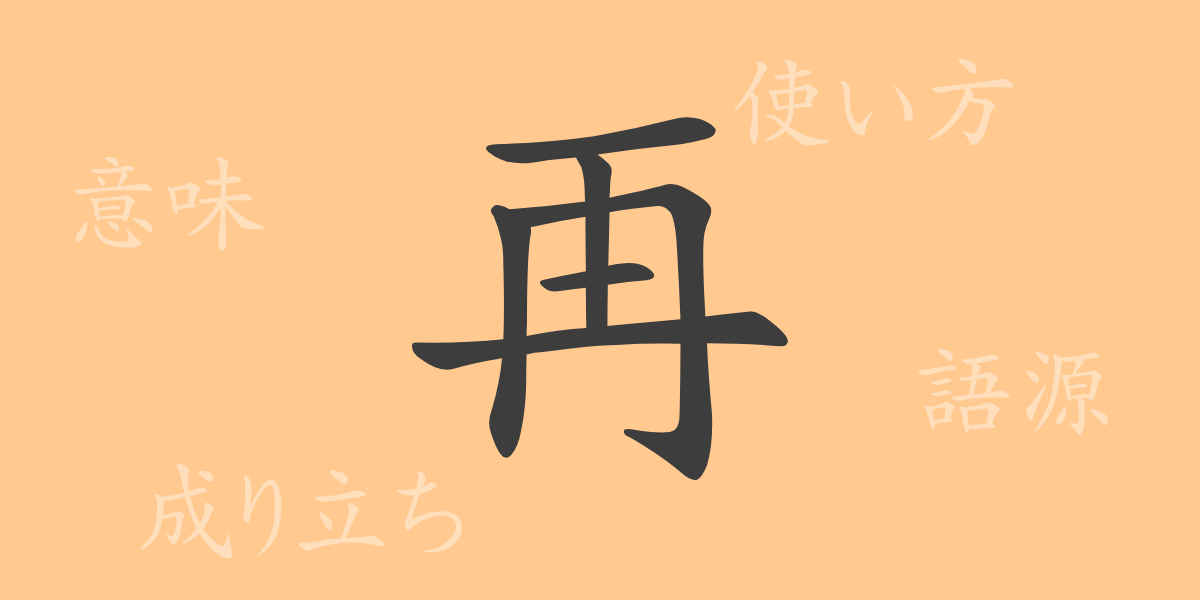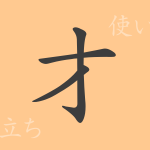The richness of the Japanese language is brought about by its complex and delicate writing system. Kanji is one of the central elements and is key to deepening our understanding of Japanese culture and language. This time, we spotlight the common-use kanji “再” (sai), exploring its origins, meanings, usage, and commonly used idioms and phrases. Let’s look at the power of this single character and how it is deeply rooted in our daily lives.
Etymology of 再 (sai)
The kanji “再” (sai) has its origins in ancient China. Derived from pictographs, it was originally used to represent the verb “to return after going once,” symbolizing the concept of “again.” Throughout history, its form and meaning have expanded, and in modern times, it retains its basic concept while being used in various contexts.
Meanings and Usages of 再 (sai)
The kanji “再” (sai) means “again” or “once more” and is used when something is repeated. Specifically, it indicates the recurrence of a time, action, or event in the same state as before. For example, “再開” (saikai) means to resume something that was interrupted, and “再試験” (saishiken) refers to retaking an exam.
Reading, Stroke Count, and Radical of 再 (sai)
The kanji “再” (sai) plays an important role in written Japanese, despite its simplicity.
- Reading: In the on’yomi reading, it is read as “サイ” (sai), and in the kun’yomi reading, it is read as “ふたた.び” (futatabi).
- Stroke count: It consists of a total of 6 strokes.
- Radical: The radical is 刀 (katana), but it includes the shape 冂 (kyou), making it visually similar to 冂.
Idioms, Phrases, and Proverbs Using 再 (sai) and Their Meanings
There are many idioms, phrases, and proverbs in Japanese that include “再” (sai), each with its unique nuance. Here are some examples and their meanings:
- 再三再四 (さいさんさいし, saisansai shi): Repeatedly. Very frequently.
- 再起不能 (さいきふのう, saiki funou): A state where one cannot recover or get back up again, indicating an irreversible situation.
- 一期一会 (いちごいちえ, ichigo ichie): Cherishing a once-in-a-lifetime encounter. Although it does not directly include “再” (sai), it embodies the awareness that the same moment will not come again.
Conclusion on 再 (sai)
The kanji “再” (sai) symbolizes the richness of Japanese expressions through both its form and meaning. Although it may seem simple, its usage is diverse, making it an indispensable part of our daily lives and communication. Through this article, you should have gained a deeper understanding of “再” (sai). For learners of Japanese, knowing the power of this single character is a step towards furthering your comprehension of the language.

























